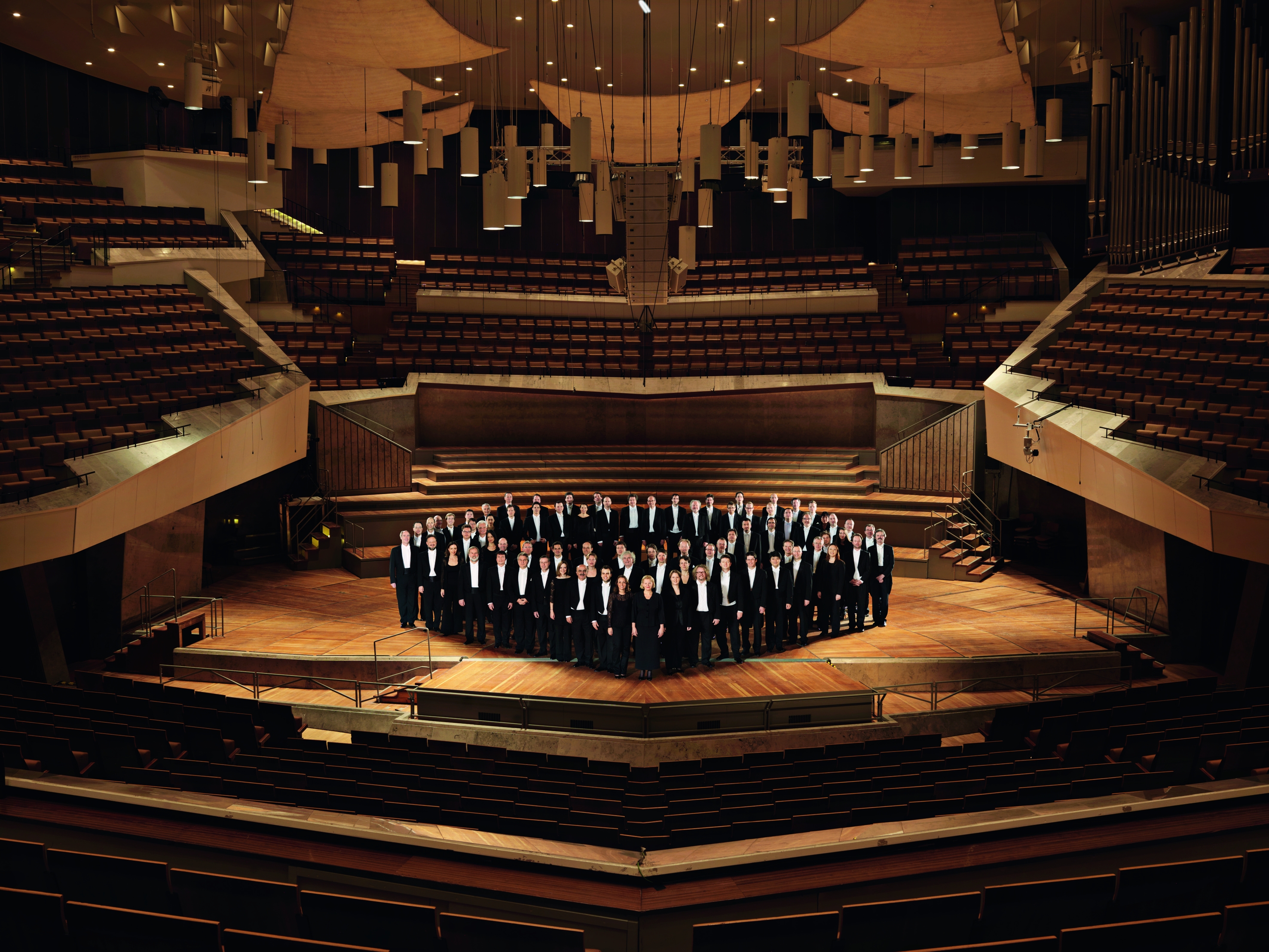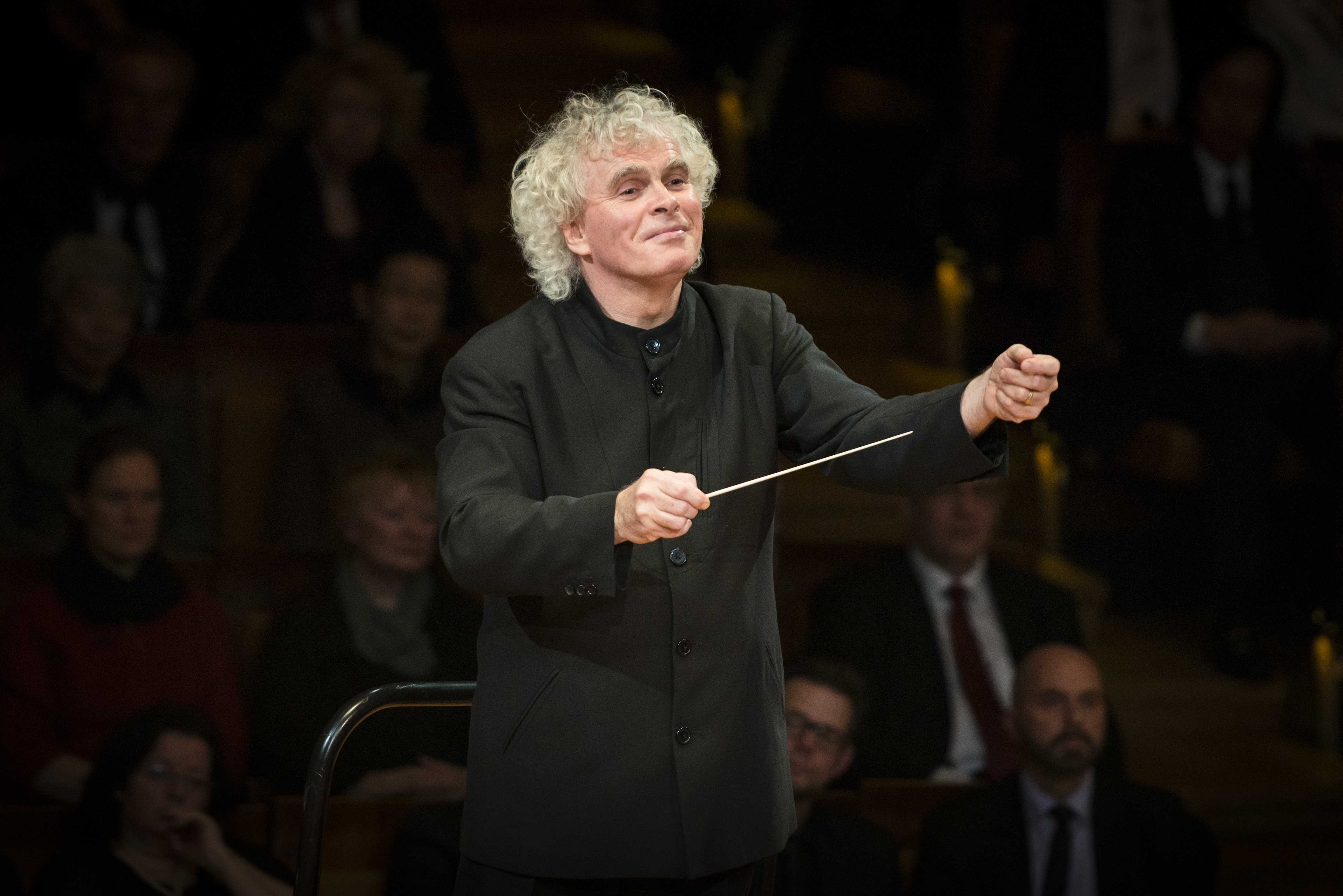Berliner Philharmoniker
Kirill Petrenko, conductor
Stern Auditorium
Carnegie Hall
New York, NY
November 12, 2022
Mahler: Symphony No. 7 in E minor
The first concert reviewed on this blog was the Berlin Philharmonic performing Mahler’s Seventh in Ann Arbor under former chief conductor Simon Rattle on Saturday, November 12, 2016. Exactly six years to the day later, we here at quasi-faust had the distinct privilege of witnessing the same ensemble in the same work, this time around at Carnegie Hall with Rattle’s successor Kirill Petrenko. The Seventh is perhaps the most enigmatic of all the Mahler symphonies, hanging on the precipice of musical modernism without quite leaving behind its Romantic pathos. Memory fades over time, but it seemed to me that Petrenko’s approach was generally a similar conception to Rattle’s, lushly Romantic and soaring to intensely dramatic heights. A thrilling close to the Philharmonic’s three-night stint at Carnegie Hall, its first appearance there since Petrenko took the reins.

The idiosyncratic rhythmic gesture that opened the sprawling first movement was given with pointed articulation, emphasizing the dotted rhythms. Matters were shrouded in an ineffable air of mystery, and the imposing solo for tenor horn grabbed one’s attention with chilling intensity. The music amassed weight and vigor as a march-like processional, while a peaceful interlude spoke to the composer’s wonderment of nature with particularly lush and lovely passagework in the harp. The coda – one of my favorite moments – was thrilling and unrelenting, a masterful conclusion.
The first of the two Nachtmusik movements began with a memorable dialogue between horns – one present, one distant. Col legno strings added to the vast palette of orchestral color, and folk-inflected melodies invoked the Austrian countryside, with cowbells leaving little guesswork as to Mahler’s alpine inspiration. With its Schattenhaft (“shadowy”) tempo marking, the central scherzo too occupied the realm of the night. Unlike the lightheartedness one might associate with such a movement, this was an essay mysterious and enigmatic, often as if in terror of some spectral presence, though the occasional lyrical passage offered moments of clarity. The latter Nachtmusik turned languid and sensuous, with some fine playing from concertmaster Daishin Kashimoto, and the lovely addition of the guitar and mandolin. Goosebumps-inducing lyricism made this one of the highpoints.
A startling wakeup was the to be had in the Rondo Finale, opening in boisterous resound with the theme hammered out in the timpani, a spirit only outdone by the brilliance of the brass. Despite being well past the one-hour mark at this point, the orchestra showed no sign of waning energy. Horns were pointed outward for maximum impact, and the clangorous percussion battery made matters all the more visceral. A truly remarkable performance, duly satisfying one’s hopes and desires for one of Mahler’s most remarkable conceptions.



